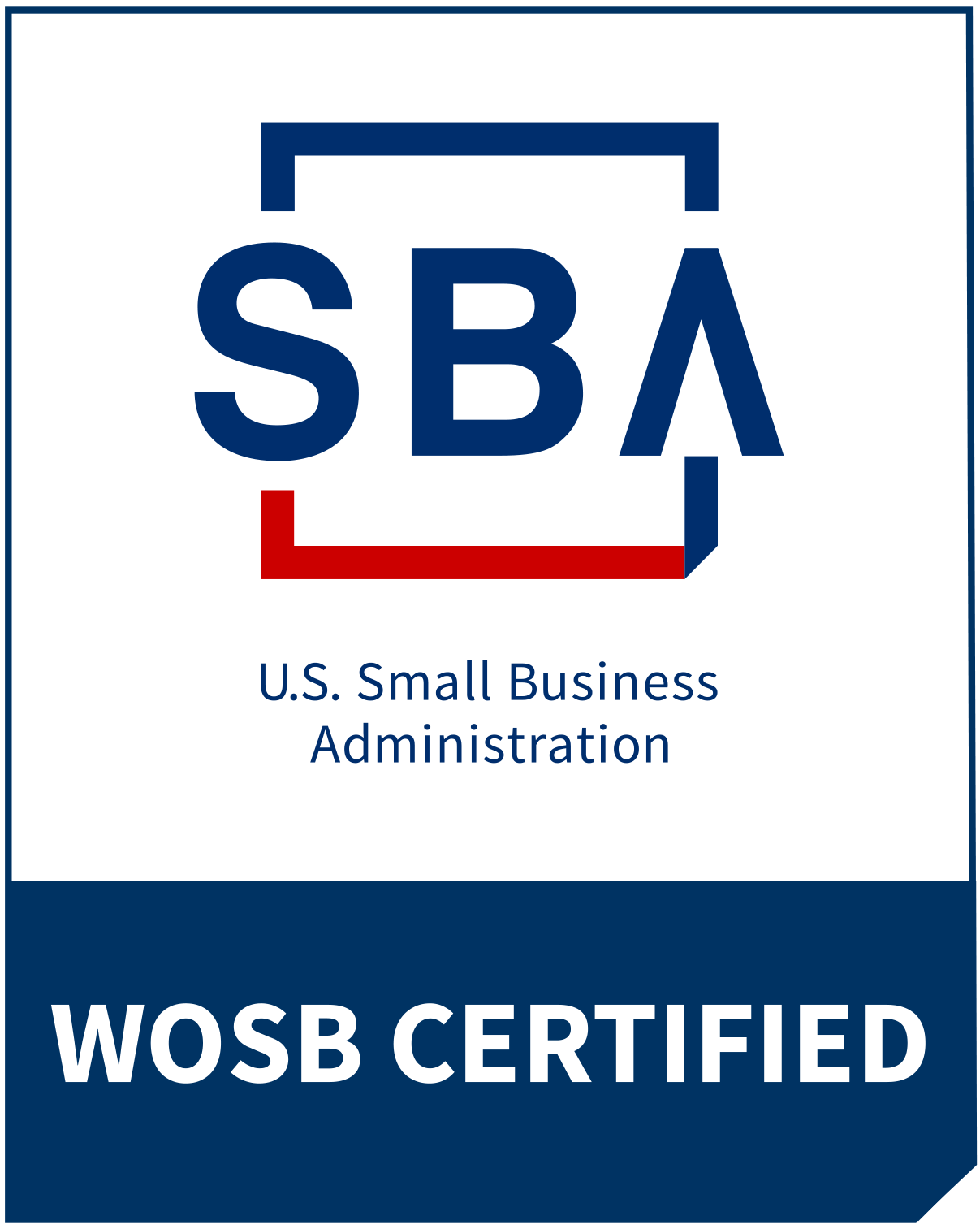Freedom Through Scaling: Work Less, Earn More
Freedom Through Scaling: Work Less, Earn More
Today, we'll explore two critical concepts that could change the trajectory of your business and, more importantly, your life: business growth and scaling. While these terms are often used interchangeably, they represent distinct strategies with unique implications for your company's future.
Let's start by defining these terms:
Business Growth: This refers to the increase in a company's revenue, market share, or number of employees over time. It's often characterized by a proportional increase in resources and costs as the business expands.
Scaling: Scaling, on the other hand, is the ability to grow your business and increase revenue at a rapid rate while minimizing the increase in operational costs. It's about creating systems and processes that allow your business to handle growth efficiently.
Growth vs. Scaling
The fundamental difference between growth and scaling lies in how a business expands and utilizes its resources. Growth typically follows a linear pattern, where proportional increases in resources accompany increases in revenue. For instance, a service-based business might need to hire more employees to handle an expanding client base. This approach allows for steady progression and adaptability but can lead to resource-intensive expansion.
Scaling, on the other hand, aims for exponential expansion by increasing revenue without a corresponding increase in resources. This is often achieved through automation, systemization, and leveraging technology. A software company, for example, can serve many more customers without necessarily hiring many more employees. Scaling focuses on maximizing efficiency and doing more with less, which requires upfront investment in infrastructure and technology but can lead to higher long-term returns.
The operational focus also differs between these two approaches. Growing businesses often emphasize quantity, expanding into new markets with the same business model or adding more products and services. Scaling businesses, however, prioritize quality and efficiency, focusing on optimization and leverage. This might involve standardizing processes, automating tasks, or finding more efficient ways to serve customers.
In terms of long-term potential, growth is often limited by available resources and market size, potentially becoming unsustainable or unmanageable beyond a certain point. Scaling, however, offers greater long-term potential through systems that allow for efficient, theoretically indefinite expansion. This makes scaled businesses particularly attractive to investors and can lead to higher valuations.
The impact on work-life balance also varies. Rapid growth without scaling can increase demands on a business owner's time and energy, potentially negatively affecting work-life balance. Proper scaling, conversely, can improve work-life balance by creating systems that allow the business to run more autonomously, enabling owners to focus on strategic decisions rather than day-to-day operations.
Lastly, while growth might feel less risky due to its gradual nature, it can become increasingly complex to manage a larger organization. Scaling, despite feeling riskier initially due to upfront investments and operational changes, often results in a more stable and manageable business in the long run.
Understanding the difference between growth and scaling is important because it impacts every aspect of your business strategy. It affects how you allocate resources, hire talent, develop products or services, and plan for the future. The key is to find the right balance between growth and scaling that works for your business, allowing you to expand efficiently while maintaining the quality that made you successful in the first place.
When growth is prioritized without consideration for scaling, businesses often find themselves in a constant state of "busyness" without seeing a significant increase in profitability. This is where many entrepreneurs find themselves stuck–working longer hours and hiring more people but not seeing a proportional increase in their bottom line. In fact, there often will be a decrease in profits!
On the flip side, focusing solely on scaling without solid growth fundamentals can lead to a shaky foundation. It's like trying to build a skyscraper on sand – it might look impressive for a while, but it won't stand the test of time.
The key is to find the right balance between growth and scaling that works for your business.
5 Signs You Need to Shift Your Focus from Growth to Scaling
- You're constantly busy, but profits aren't increasing proportionally.
- You can't take time off without the business suffering.
- You're spending more time managing than innovating.
- Your operational costs are rising as fast as (or faster than) your revenue.
- You're losing customers due to inconsistent quality or service.
If these signs resonate with you, it's time to consider how you can start scaling your business.
6 Steps to Start Scaling Your Business
- Audit Your Current Processes: Start by thoroughly examining your current operations. Identify bottlenecks, inefficiencies, and processes that rely heavily on individual team members.
- Invest in Technology and Automation: Look for opportunities to automate repetitive tasks. This could involve implementing customer relationship management (CRM) software, automating your marketing efforts, or using project management tools to streamline operations.
- Standardize Your Processes: Document your core processes and create standard operating procedures (SOPs). This ensures consistency and makes it easier to onboard new team members.
- Build a Scalable Organizational Structure: Design your organizational structure with scaling in mind. This often involves creating clear roles and responsibilities and implementing systems that allow for easy delegation and accountability.
- Focus on Your Core Competencies: Identify what your business does best and focus on scaling those areas. Consider outsourcing or automating non-core functions.
- Develop a Data-Driven Culture: Implement systems to collect and analyze data about your business operations. Use this data to make informed decisions about where to focus your scaling efforts.
Why You Should Care
When done right, scaling directly impacts your ability to acquire and retain more clients, systematize your operations, and increase profitability.
By implementing efficient systems and processes, you can handle a larger client base without a proportional increase in costs. This improved efficiency often leads to better client experiences, which in turn can lead to more referrals and easier client acquisition.
Systematization is at the heart of scaling. By creating repeatable, efficient processes, you're building a business that can operate smoothly even as you grow. This not only improves your operational efficiency but also makes your business more attractive to potential buyers or investors in the future.
Finally, the ultimate goal of scaling is to increase profitability. By growing your revenue faster than your costs, you create a more profitable, sustainable business model.
Wrap-Up
The journey from a growing business to a scaling one isn't always easy. Still, by understanding the difference between growth and scaling and implementing the right strategies, you can build a business that not only survives but thrives–without sacrificing your personal life in the process.
Remember, the goal isn't just to build a bigger business but a better one—a business that serves more clients, operates more efficiently, and generates more profit, all while allowing you, the owner, to step back and enjoy the fruits of your labor!
Is Your Business Growing But You Feel Like It’s Falling Apart?
Feeling the strain of business growth? You're not alone. Many successful businesses face these challenges. It's often the little things that cause big headaches. Suddenly, your tried-and-true methods don't work anymore, profits shrink, customers are complaining, and you're constantly firefighting.
The key lies in fine-tuning your systems to support your growth. My 3S Profit Optimizer framework helps to secure more clients, streamline operations, and supercharge scalability. I've helped numerous businesses overcome these hurdles, and I'd love to see how I can help you succeed.
Let’s minimize the growing pains and prevent them from reflecting poorly on your business. To learn how to have more freedom, more control, and more opportunities to earn income take action now and click below.
Related Posts





